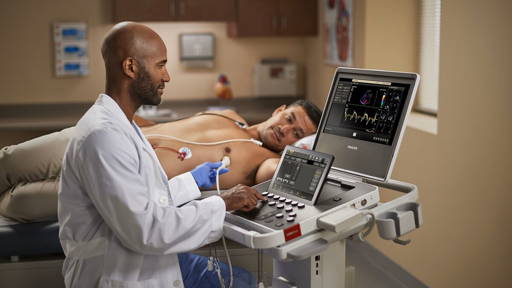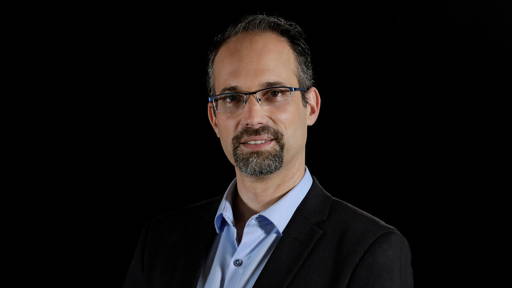On the one hand, a healthcare facility is an organization like any other, made up of human and material resources. On the other hand, the healthcare system is highly regulated by the health and reimbursement policy. It is difficult to develop one recipe for managing a hospital or a health centre because every facility has a different ecosystem and patient profiles. However, it is possible to formulate some universal rules.
Staff training
Continuous development of skills is a key element of managing human resources and increasing the quality of services. Doctors should have access to the latest knowledge, for example, by using clinical decision support systems. The registration staff needs to hone their patient service skills, while the nurses need to master standards of care and methods of communicating with patients. Regular strengthening of digital literacy is the norm since the infrastructure of hospitals is mostly digitally-driven.
Development planning
Apart from day-to-day activities, the future situation of a hospital will be determined by investments, such as upgrading medical equipment, improving digital maturity and data security. Investment decisions should result from precise planning of costs and benefits while considering alternative methods for achieving the set objectives.
Using innovative technologies
If digitization is carried out properly, it leads to automation, improved quality, and better data availability in medical and administrative processes. However, technology implementation needs to be accompanied by a reorganization of operations not to digitize old and ineffective procedures.
Developing an analytical approach
The gathered data is a source of information that makes it possible to cut costs, support clinical decisions, better coordinate care and improve the patient experience. Therefore, both the quantitative data (treatment outcomes, costs, the length of hospital stay) and qualitative data (the opinions of patients and employees) should be analysed. Only by monitoring and controlling key performance indicators can you identify strengths and weaknesses and take corrective measures.
Developing a communication strategy
This is about internal communication channels which facilitate the distribution of organizational and management information and communication between employees, as well as external communication, which makes it possible to actively shape the image of the facility and contacts with partners in its immediate surroundings (the local government, donors, counterparties, etc.).
Updating knowledge about the patients
In recent years, we have observed a fast evolution of the patient – an informed and empowered consumer of medical services. It is a person who cares not only about treatment outcomes but also about comfort, friendly communication with staff and shared decision-making in the treatment process. Even the best technology and a modern interior will not help if the patient’s needs and priorities are not understood and the staff is not empathetic. To determine the patient profile, you can use local analyses of demographic profiles, surveys, etc.
Managing risk
Every organization is exposed to crisis situations. For example, in the case of a medical facility, it may be a medical error, a failure of the IT system due to a cyberattack, unexpected expenses that affect financial stability, staff shortages, etc. Every risk requires an emergency plan which makes it possible to act quickly when an unexpected situation surprises the management.
Identifying and monitoring strategic points on the patient path
The emergency room, reception, waiting room and emergency ward – each facility can identify some strategic nodes in its internal processes. Disruptions in these processes may lead to a domino effect and disturb work organization in the patient service chain. As a result of imprecise management of appointments, the doctor is burdened with duties, the laboratory has difficulty planning its work, etc.
Determining key performance indicators
KPIs (Key Performance Indicators), usually associated with achieving business objectives in commercial companies, can also help manage healthcare facilities. Clearly defined and measurable goals are necessary to monitor the accepted strategies and the execution of plans. In the case of a health care organization, KPIs should refer to aspects such as the quality of treatment, cost-effectiveness, and patient satisfaction rather than serve as purely financial indicators.
Being a leader, not a CEO
A good manager is first and foremost an inspiring leader who understands the needs of employees and patients and is not afraid of changes aimed at improving the quality of medical services. To do that, you need to have market knowledge, the characteristics of an innovator, the capacity to build internal and external relationships, as well as the ability to bear responsibility for the decisions you make.
Strengthening ethical standards
A hospital manager is responsible for both organizational processes and patients’ health. A well-developed moral compass helps make difficult decisions while walking the thin line between the patient’s well-being and administrative or financial limitations.






